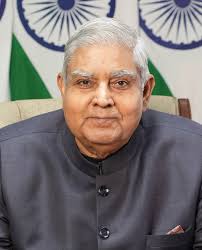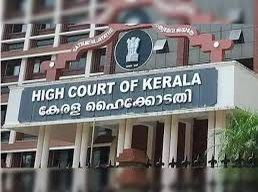Article 142 of the Indian Constitution
Why in News?
The Vice President of India Mr. Jagdeep Dhankhar criticized the Supreme Court’s recent ruling that sets a timeline for the President to act on bills passed by state legislatures. He called the use of Article 142 in this context a threat to democracy, suggesting that the judiciary is overstepping its boundaries and acting like a “super Parliament” After the Supreme Court’s decision on April 8, 2025, requires the President to decide on bills reserved by state governors within three months to prevent delays in the state legislative process in the case of State of Tamil Nadu vs Governor.
Mr. Dhankhar’s comments have sparked a debate on the separation of powers and the proper use of Article 142, which allows the Supreme Court to issue orders for complete justice. Critics argue that such interventions could interfere with the executive and legislative branches, potentially upsetting the constitutional balance hence prompting discussions on constitutional interpretation and the limits of judicial authority.
Article 142 of Indian Constitution
In the language of a layman, Article 142 can be understood asthis article of the Indian Constitution empowers the Supreme Court to ensure “complete justice” in any matter pending before it. This provision allows the Court to issue orders, decrees, or directions necessary to resolve disputes comprehensively, even if such actions deviate from existing statutory laws.
It ensures that the Court’s rulings are enforceable across the country, as prescribed by Parliamentary law or directives from the President. Article 142 is significant because it allows the judiciary to bridge legislative gaps and address situations where existing laws are insufficient.
Case laws evolving Article 142
There are several case laws which have evolved this article. Some of them are as follows –
• Prem Chand Garg v. Excise Commissioner, U.P. (1963)
• Elasticity of Powers: I.C. Golaknath v. State of Punjab (1967)
• Union Carbide Corporation v. Union of India (1991)
• Judicial Interventions: Delhi Judicial Services Association v. State of Gujarat (1991)
• Supreme Court Bar Association v. Union of India (1998)
These case laws have evolved which have extended the scope of Article 142 and have increased the power of the court to pass any decree or law which would give complete justice.
Conclusion
Vice President Dhankhar’s criticism of the Supreme Court’s ruling on state bills underscores tensions between the judiciary and executive. The Court sought to uphold federalism and prevent legislative delays, but the Vice President’s comments suggest concerns about judicial overreach. It is crucial for constitutional institutions to show mutual respect to maintain the balance of power and enhance democratic governance.





